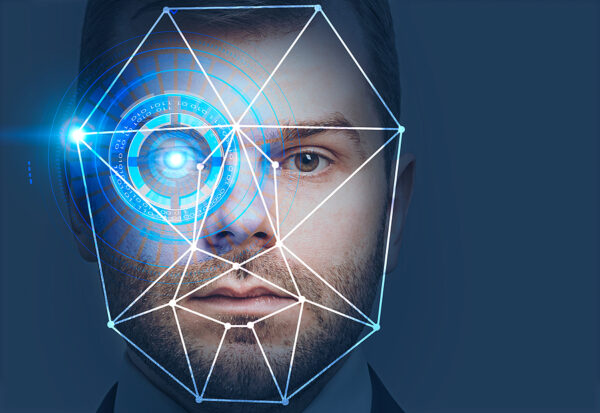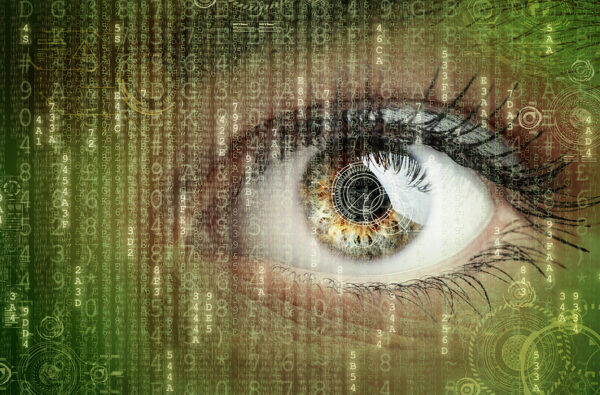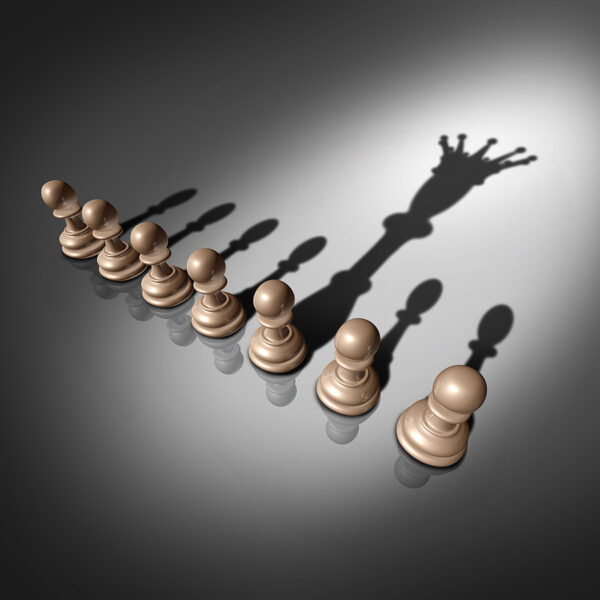Research by the Energy Efficiency and Conservation Agency (EECA) has found that switching to energy efficient lighting is one of the best returns on investment available for businesses looking to reduce their energy use.
Office lighting consumes 40 percent of an average building’s energy use, and currently 70 percent of all office lighting is based on old, inefficient technology, says Michael Downie, general manager Philips Lighting New Zealand and Australia.
He says the lighting technology of the future is LED (light emitting diode). Lasting up to 25 times longer and using up to 80 percent less energy than incandescent lighting, LEDs also contain no mercury or lead and emit little heat.
“Due to the compelling environmental and financial benefits of LEDs, they are expected to make up at least 50 percent of global lighting by as early as 2015, and 75 percent by the end of this decade,” says Downie. “Additional energy savings can be made using LED lighting systems that can be set to automatically adjust to the levels of natural light coming into building.”
One of the obstacles for some businesses looking to become more energy efficient may be perception that it is too hard to change because of the constraints of their existing infrastructure, says Downie. “However some energy saving measures used in Green Star-rated buildings can be incorporated into existing buildings without the headache of major construction project. Lighting is one of these measures.”
Downie also contends that changing light bulb can do more than just save businesses money – it can create totally different working environment and raise employee productivity. 2006 paper entitled “Healthy, wealthy and wise. health impact assessment of Future currents: Electricity scenarios for New Zealand 2005–2050” by the Parliamentary Commissioner for the Environment showed that improved lighting design increased worker productivity by up to 23 percent.
“New lighting technology can be programmed to simulate natural daylight to stay in tune with people’s natural biorhythms. In trial run by Philips in 23-storey office block in the Netherlands where this was done, staff reported feeling more energised and having greater sense of wellbeing.” M

Privacy Commissioner announces intent to issue Biometrics Code
The Privacy Commissioner has announced his intention to issue a Biometrics Code, has released the Biometric Processing Privacy Code for consultation and is calling for submissions on the draft code










